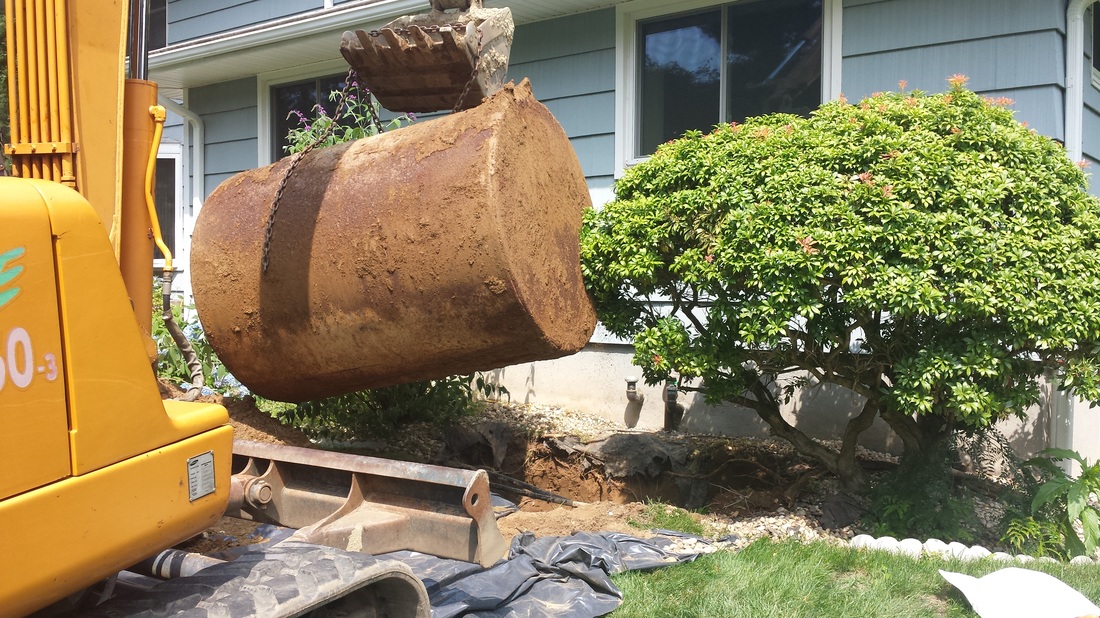A majority of homeowners do not spend their days thinking about their oil tank. However, this unassuming metal container that is hidden in your basement or in your yard plays an crucial part in keeping your home cozy and warm. However, just like all other equipment the life span of your oil tank isn’t a lifetime. Ignoring your oil tank’s replacement could be a serious risk for you and the environment.
Why re-inventing your oil tanks should be a priority:
Oil tanks are susceptible to corrosion and begin to weaken with time, leading to a higher risk of leak. Even a small leak can result in environmental contamination costing cleanup costs, and potential health hazards. Replacing your tank before it goes out of service is an investment in both your security and your peace of mind.

Facing the Financial Reality: Understanding oil tank replacement cost is key. Based on the size of the tank and the location, prices can vary from $1200 to $4,600. Not taking care of a tank that is in need of repair could result in higher costs that include fines and property value devaluation. The cost to replace a 275 gallon tank, which is the most commonly used, can range between $1,500 to $2,000. Early detection and proactive replacement is a smart financial choice.
Local heroes to look for Don’t settle for the first search result when searching for a replacement oil tank near you. Comparing quotes and asking for certifications and experiences will allow you to find reliable companies in your region. Remember, trust and expertise are essential for a secure and effective installation.
Savings that can be accessed: Believe it or not proactive oil tank replacement can result in savings! Many states and municipalities provide incentives and rebates to encourage responsible tank ownership. These options should be considered when calculating the cost.
Consider the benefits that are not easily quantifiable. The improved efficiency of your system can lead to lower heating bills, and the peace of mind knowing your home is safe from leaks can be priceless.
Your route to secure your oil tank
Check the age of your tank and its historical background. Most tanks last between 15 to 20 years. Examine your records or call an expert for an inspection.
You can tell if something is wrong by looking for cracks and bulges. Also, look for rust leaks.
Research Find out the price for replacing an oil tank local resources, as well as rules and regulations.
Get estimates from professional experts who are certified. Ask about their experience and credentials.
Do not delay: Replacing your tank before it breaks is the best option for financial security, safety and the environment.
It is essential to never neglect the condition of your tank. It’s more than an inconvenience but a significant risk. Replacement of the oil tank isn’t just about maintenance – it’s also a method of protecting your family, home, and your investment. When you put the priority on replacing the oil tank in your home, you will be able to ensure a reliable and secure home heating system. This strategy is not just responsible, but it also shows a commitment to safety and long-term well-being. Do not underestimate the importance of a well-maintained oil tank; it’s an essential aspect of protecting your property and the people who live there. An appropriately maintained and up-to-date tank will guarantee a secure and comfortable living environment.